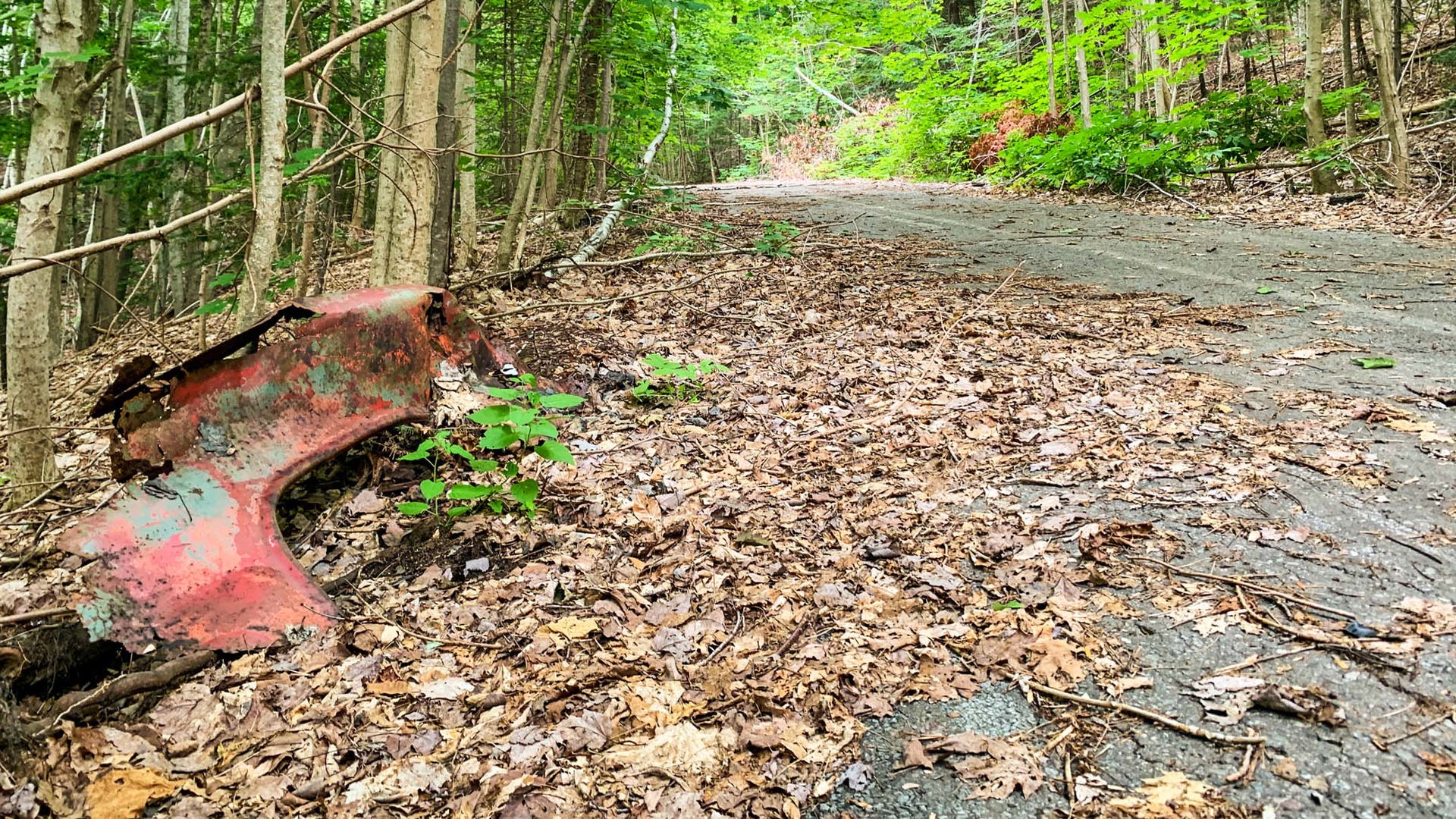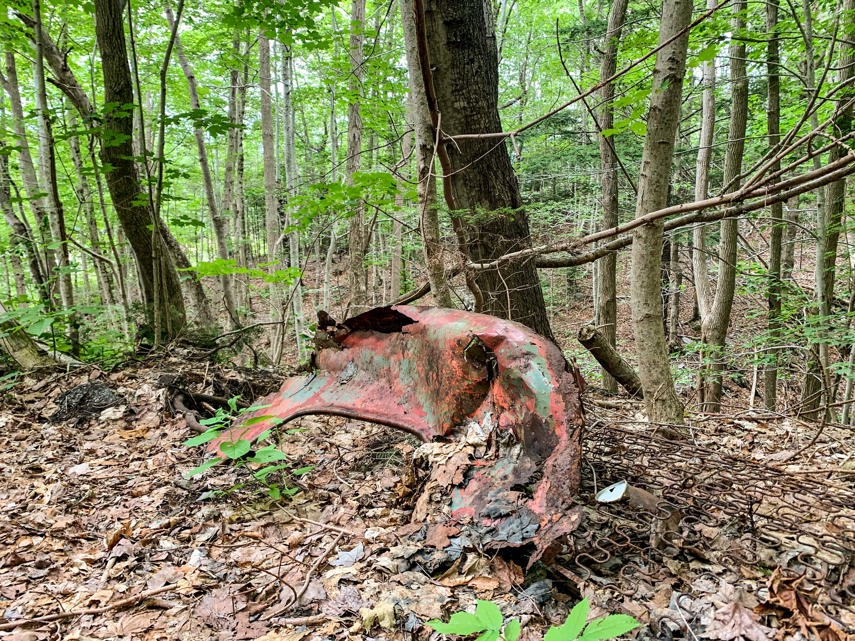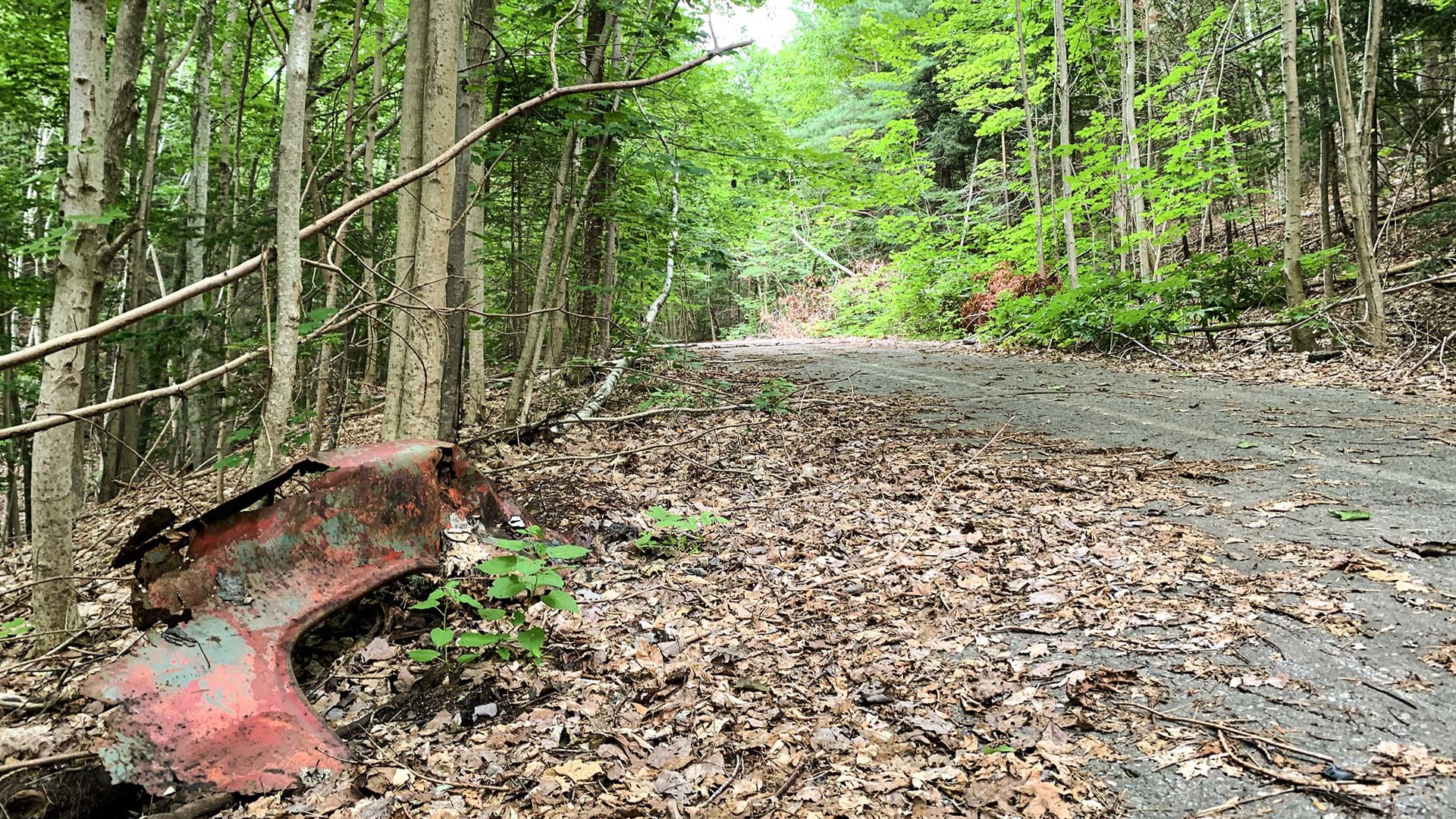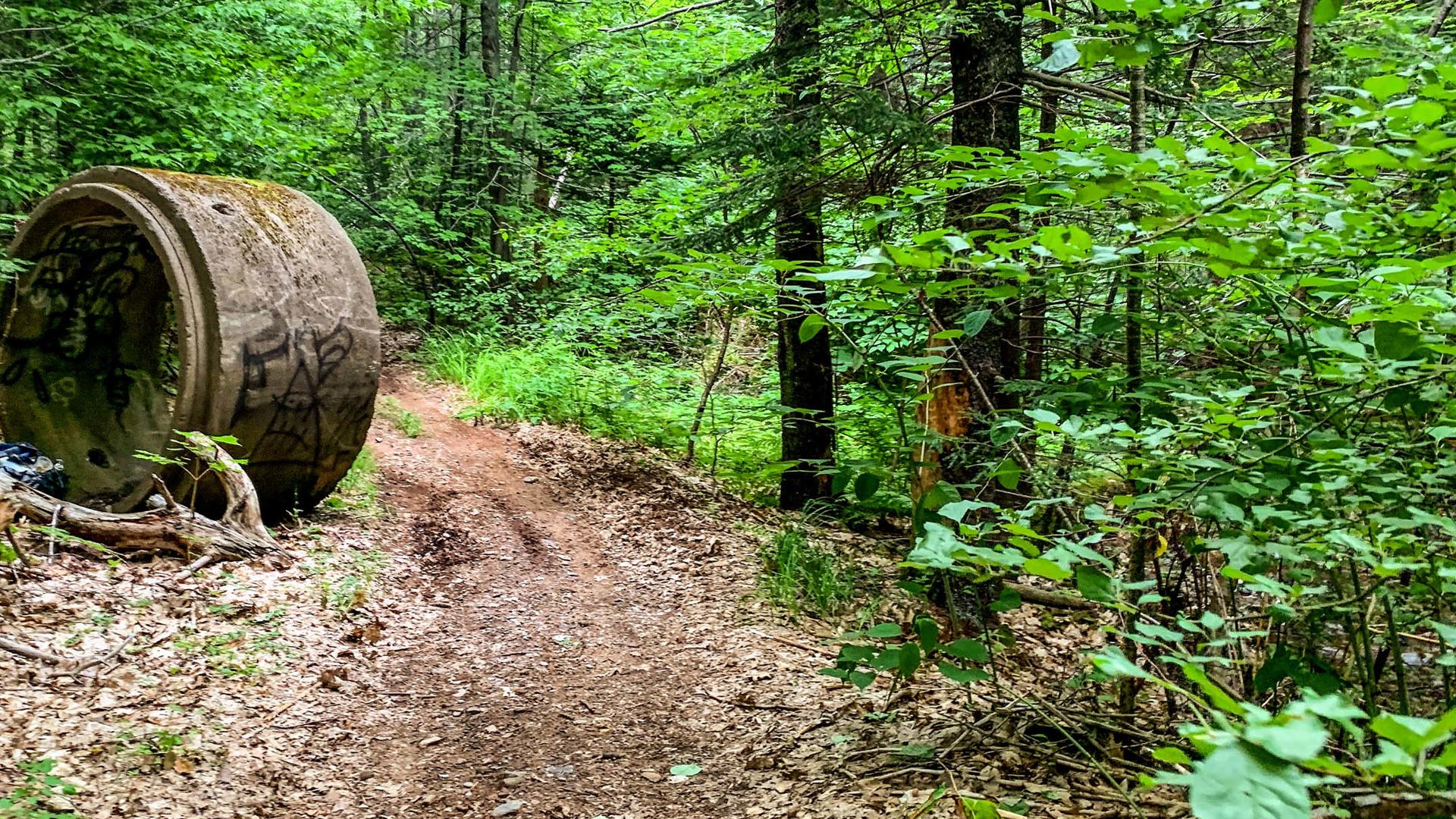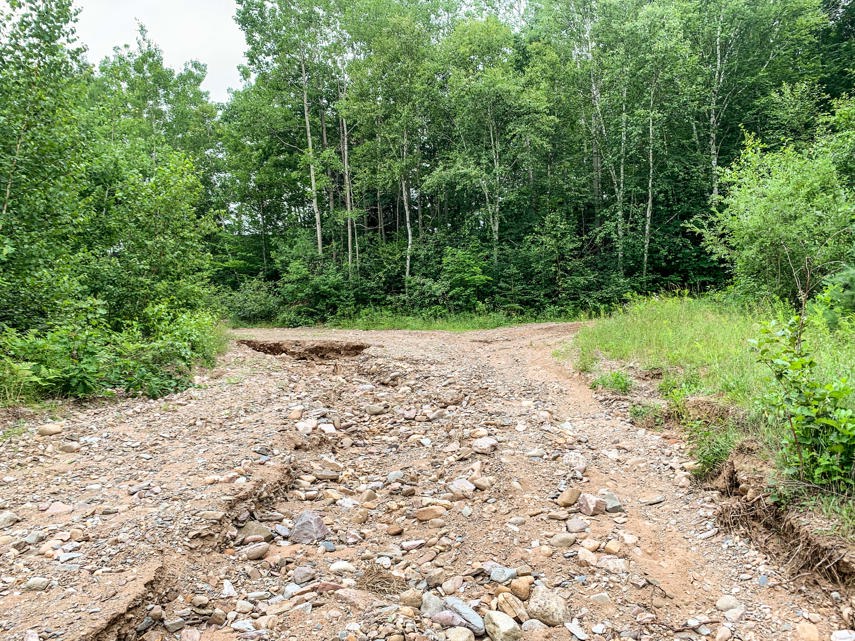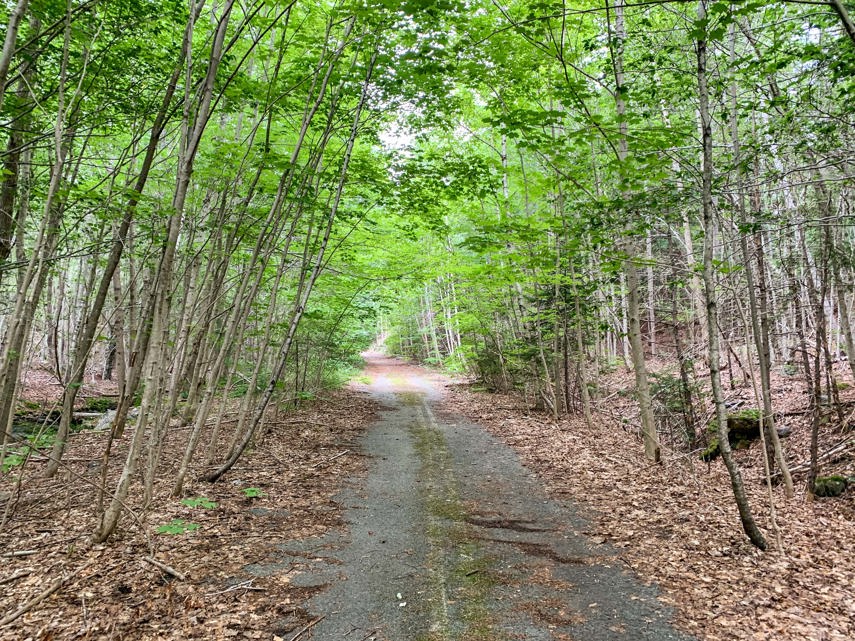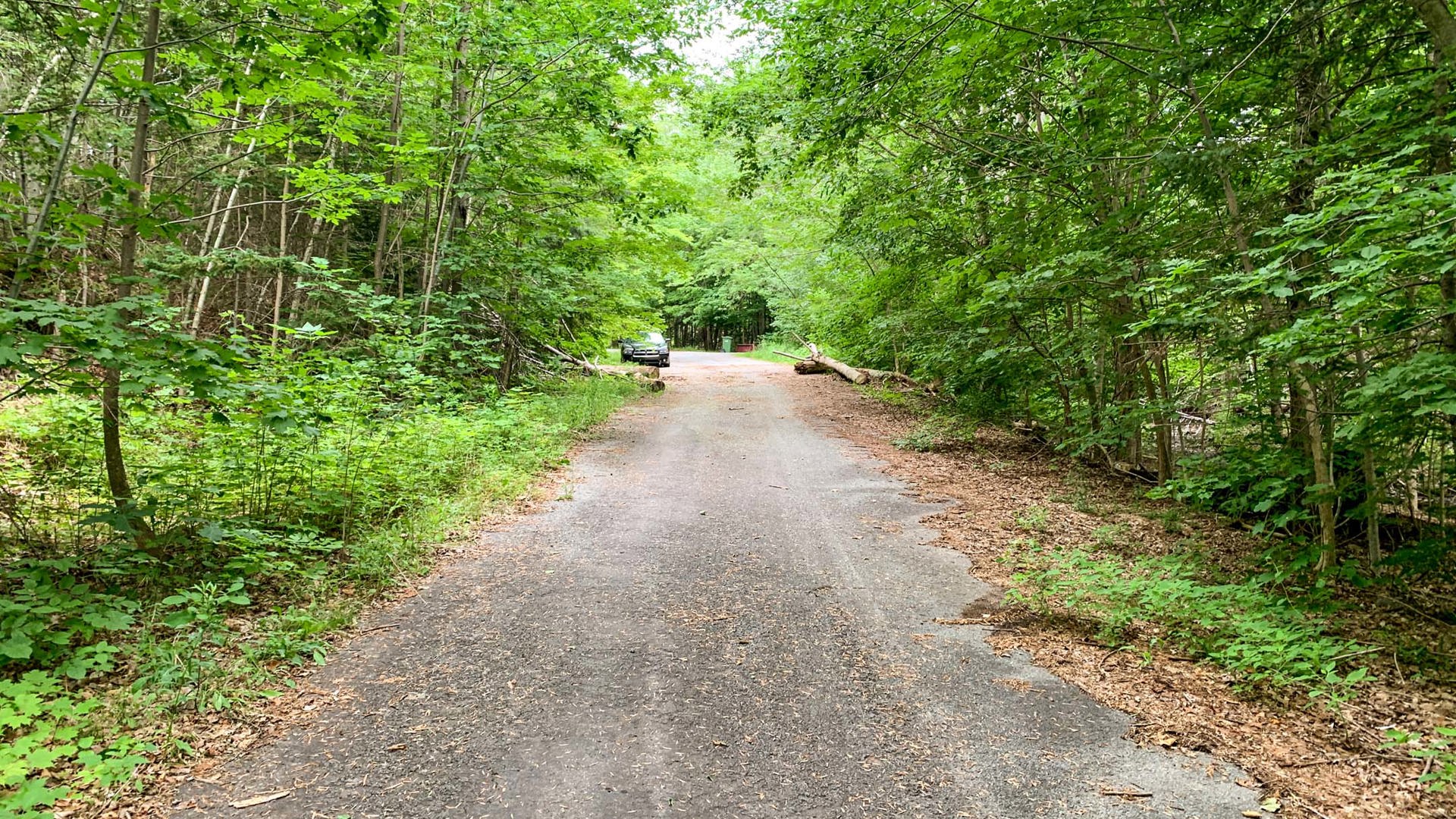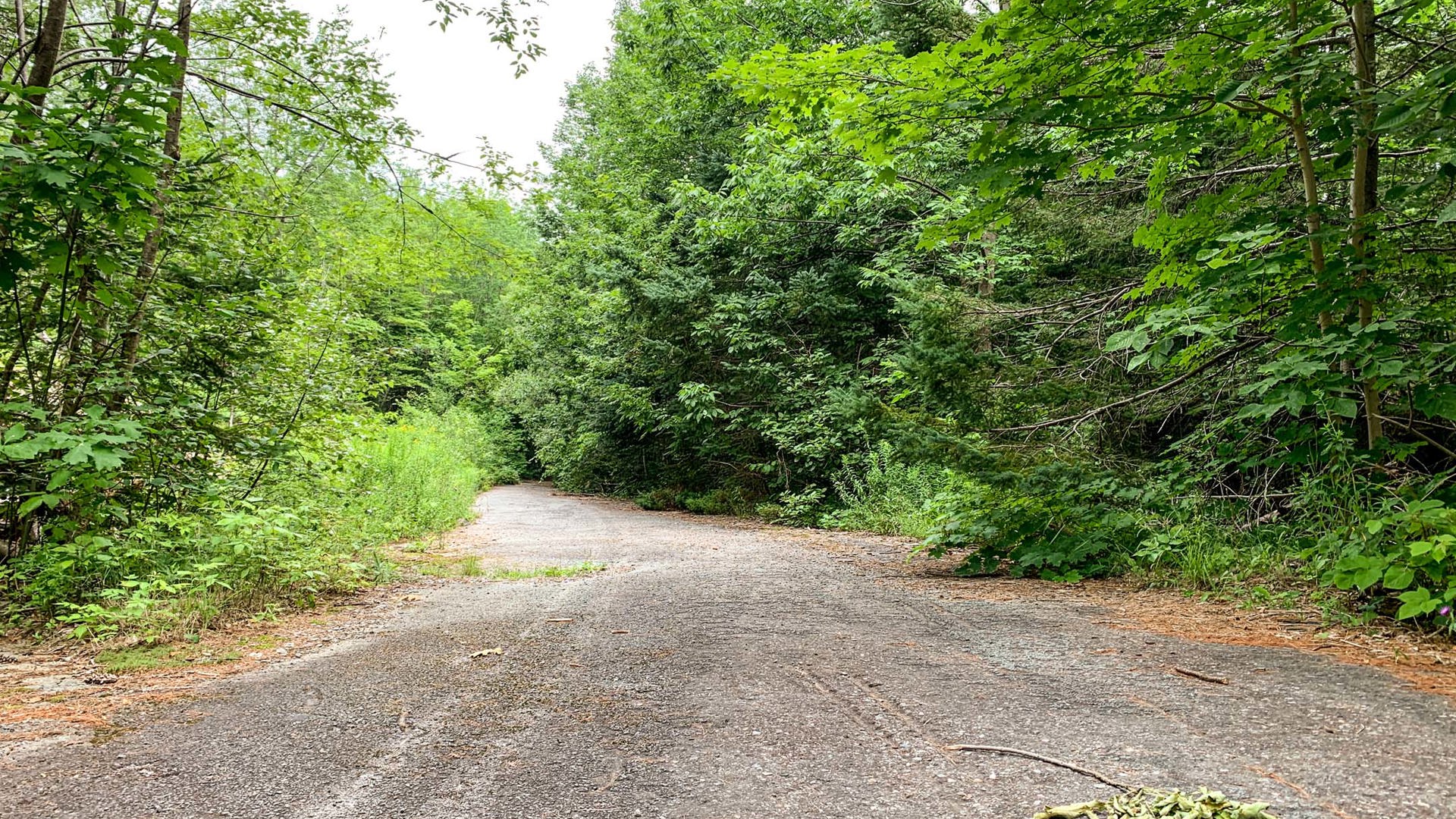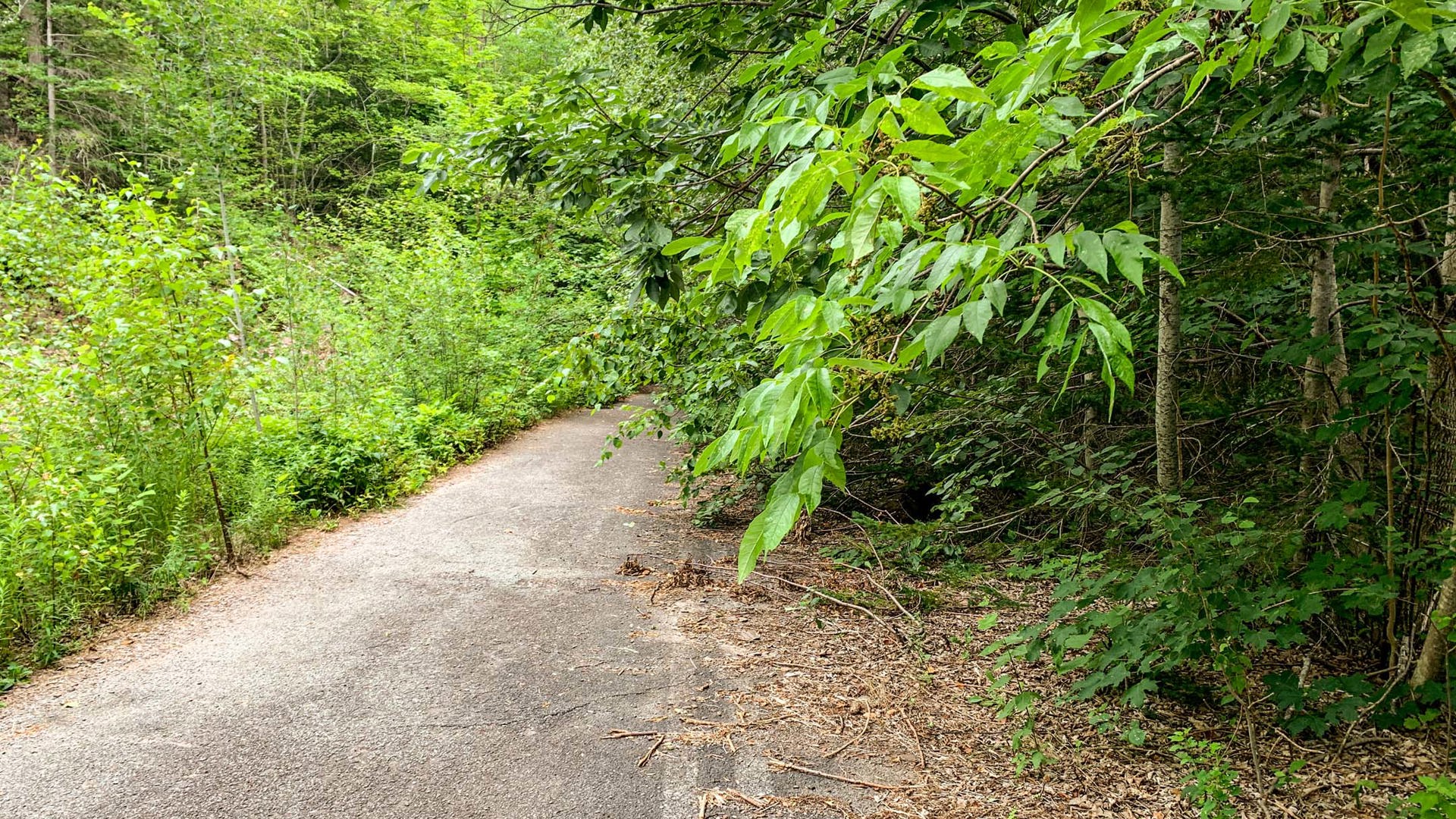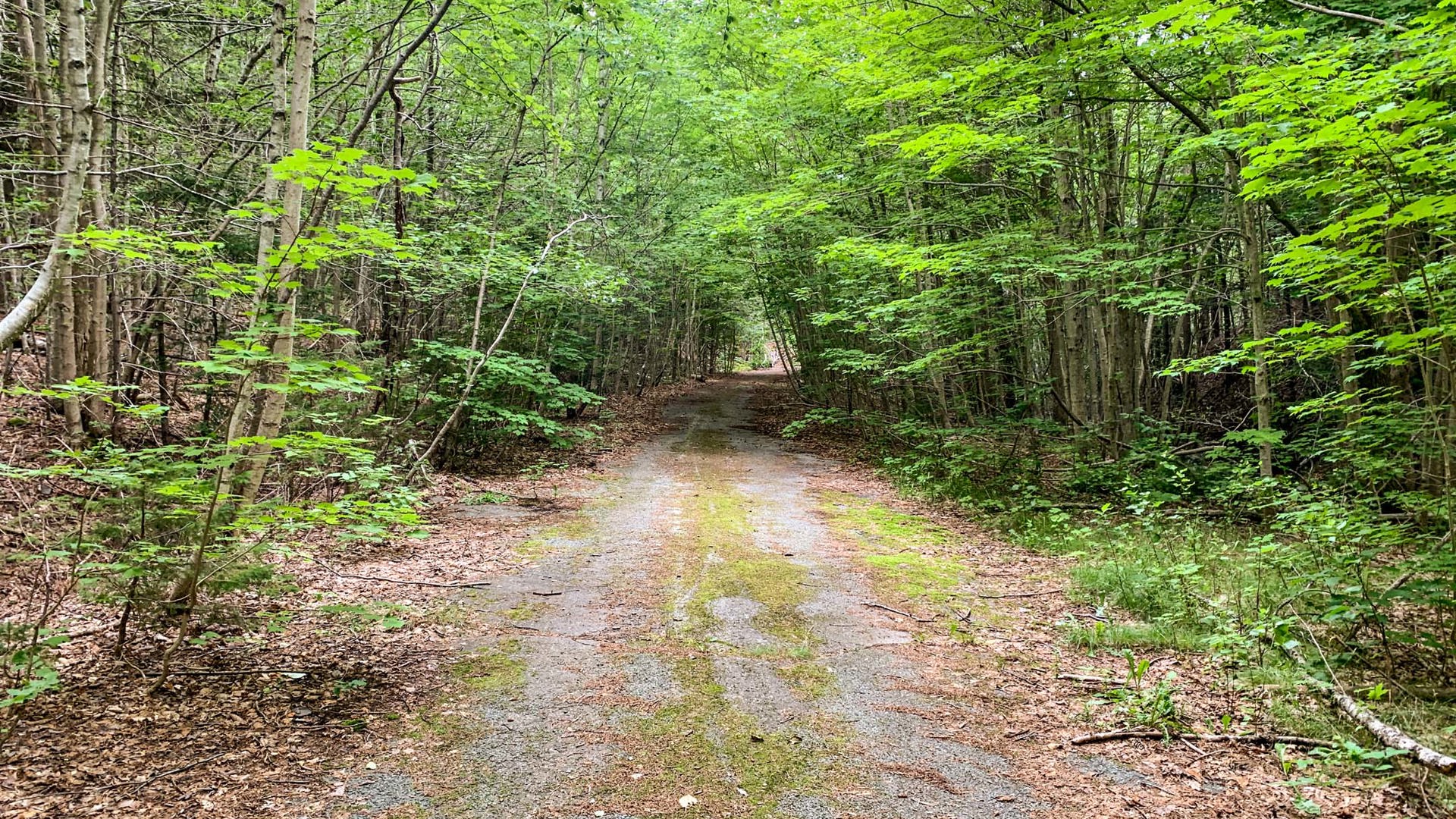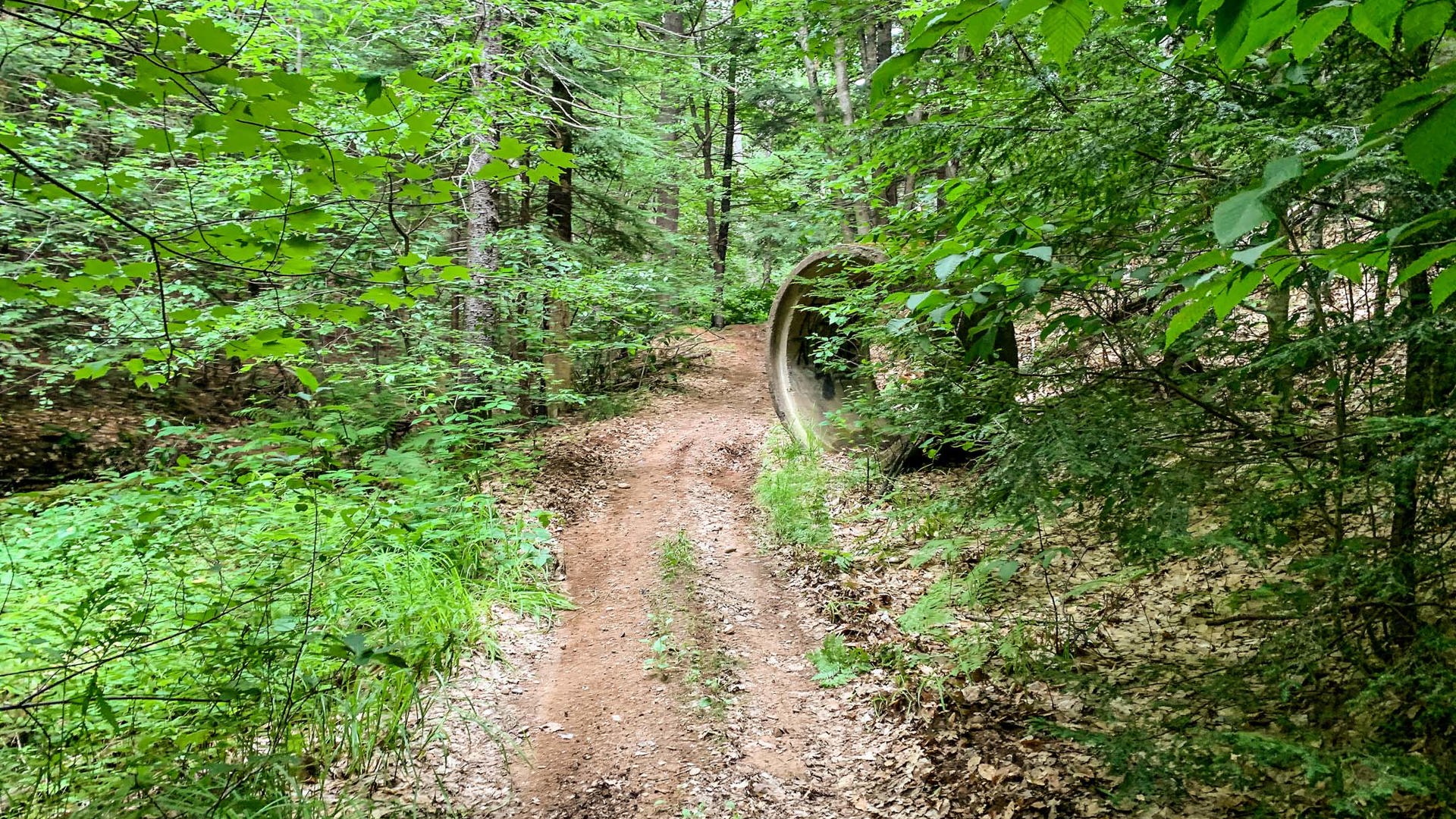There’s something about abandoned infrastructure that’s simultaneously mournful and fascinating.
We’re gearheads – and you are too, if you’re reading this site – which means that abandoned roads hold a special appeal. While exploring, the questions flow as fast as the cars that once ran along the disused stretch of tarmac. Did excited families once drive along here, bouncing in holiday anticipation? What about the nervous teen learning to drive for the first time? I hope they had a benevolent instructor. And, because of that gearhead tendency, it might be idly wondered aloud how far someone bent the speedometer on that straight stretch.
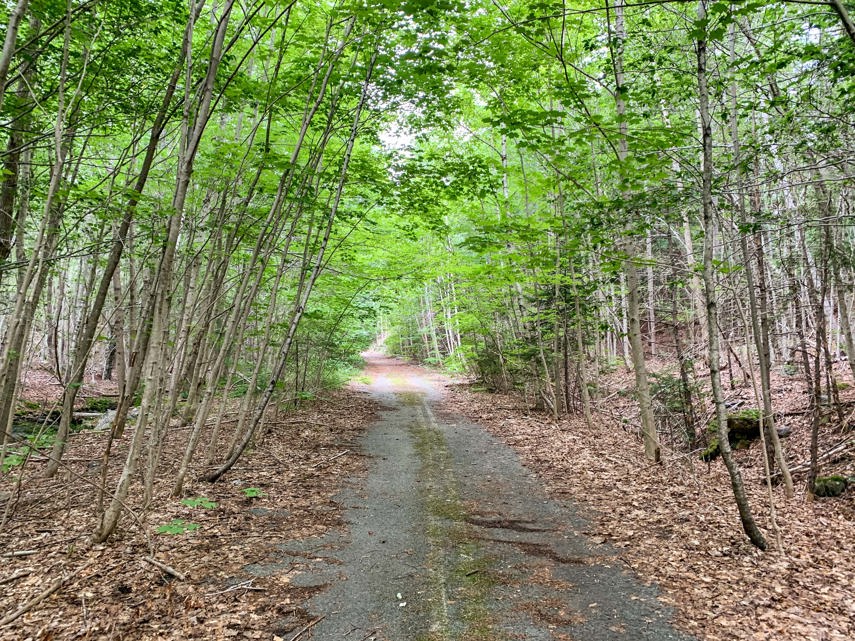
A fact of modern life seems to be the inevitable march of progress and, along with it, the casting aside of some things that no longer fit The New Way. Anyone who’s attempted to remodel a basement will confirm this. Those beaded curtains and popcorn ceilings? They’re outta here like week-old leftovers, replaced with laminate flooring and subway tile.
The same holds true for roads. When bedroom communities suddenly become popular with those in search of picket fence, the little two-lane is tossed into history’s dustbin.
In Nova Scotia, one man has taken it upon himself to plot and map these roads before they’re lost for good. Steve Skafte is an author and photographer from the Annapolis Valley region of the Bluenose province. Seeking to give voice to history, he blends curiosity and skill in prose to document a not-too distant Maritime past.
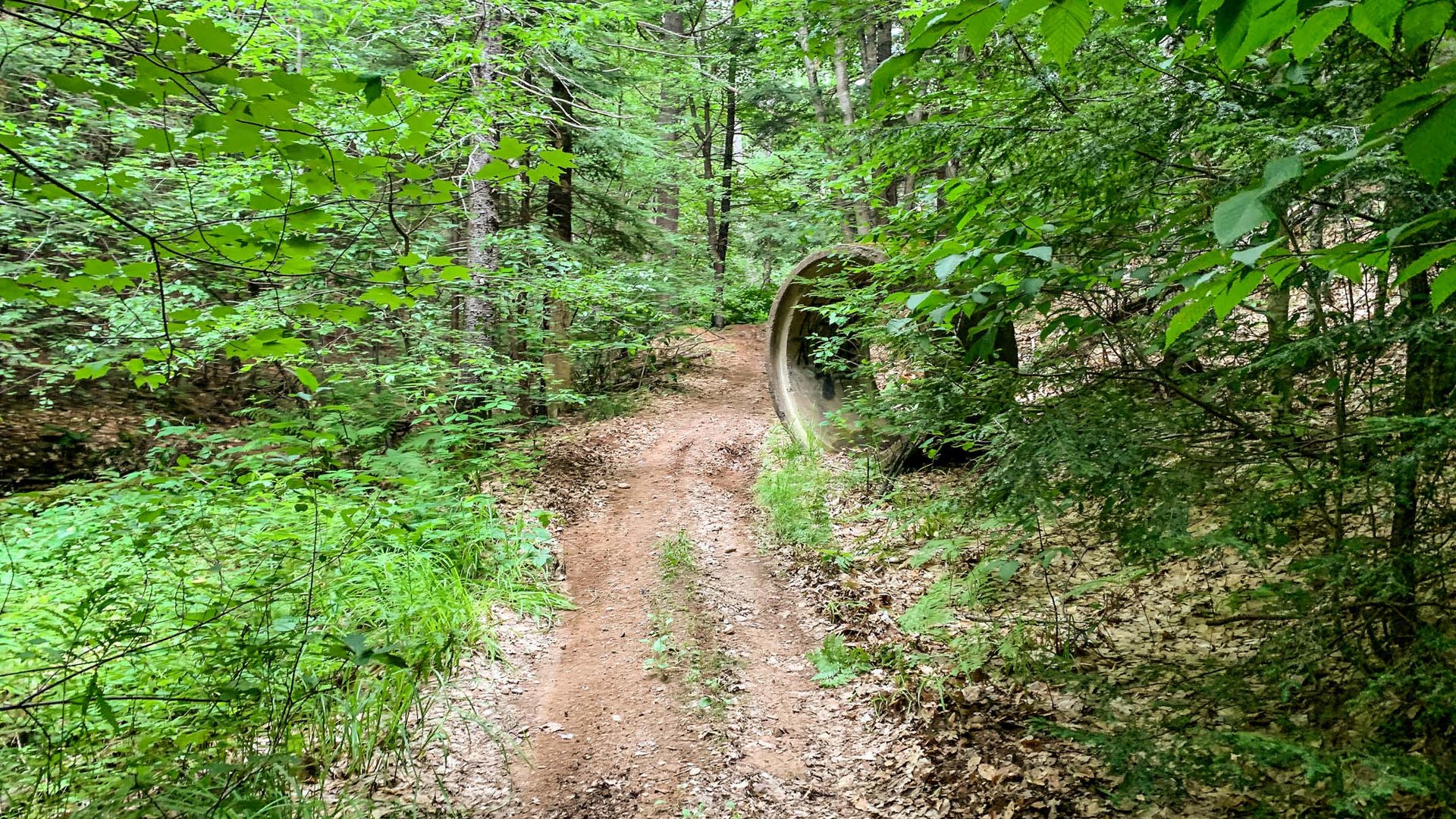
“As a kid 7 or 8 years of age, I had maps and such on my bedroom walls,” said Skafte, which partially explains the level of care on a Google Maps tool he maintains for this project. Getting into photography about ten years later, he embarked on a bicycle tour of the American northeast. It was after returning home he started to think about all the exploration that could be done right in his own province.
“Why am I exploring elsewhere when there’s so much in my backyard?” he found himself asking. Armed with a camera and keen sense of adventure, he set about creating a complete map of unmaintained right-of-ways in Nova Scotia, holding fast to his mandate to share and document public roads only. In other words, he chooses to record those still owned by the provincial Transportation and Infrastructure Renewal, the county, or another government entity. Private roads or purpose-built trails are off limits in Skafte’s pursuit of chronicling the past.
It’s been a successful few years. Since starting, he’s documented 59 abandoned roads in Annapolis Country and 54 roads in neighbouring Kings County. They range from wildly overgrown paths measuring just a few hundred metres in length to long stretches of decaying dirt roads and crumbling paved streets.
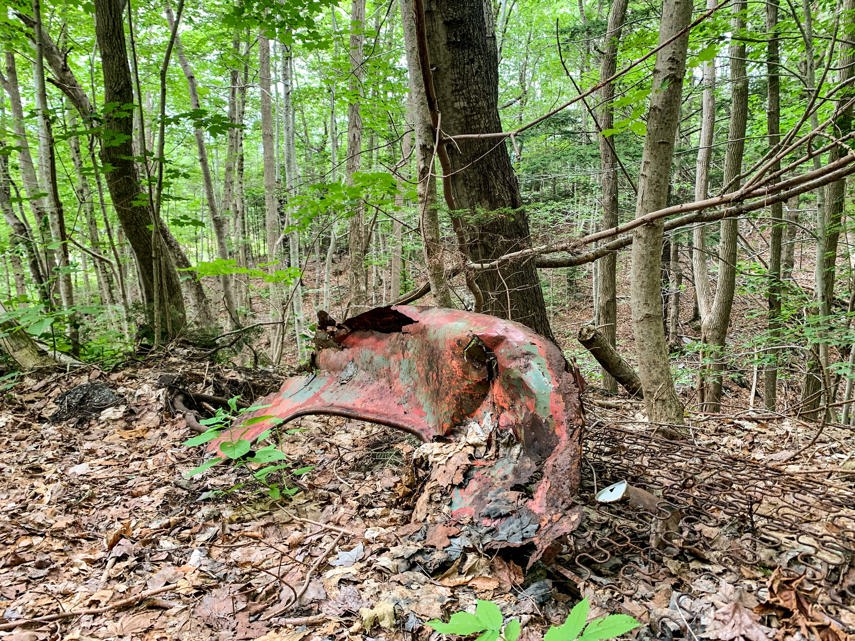
His favourites? “Roads that have been left almost by chance,” Skafte explains. “Some of them will be hemmed in by trees, with a long-forgotten car poking out of what might once have been a driveway or near a collapsing foundation.” Indeed, it’s easy to spot the remains of bustle on some of these hidden streets, with an old well head popping up out of the ground like a surprised gopher in one place and the rusted fender of a car propped up near a tree at another.
It’s the latter, of course, that draws the most attention from your author, especially in these socially distant times. Music charts have always been awash with the lure of the road: Sheryl Crow said they were winding, Marshall Tucker told us to take the highway, and Bruce Springsteen insists it’s made of thunder. With all of us being sensibly told to keep our distance for the betterment of health, hitting the road has taken on new meaning in 2020.
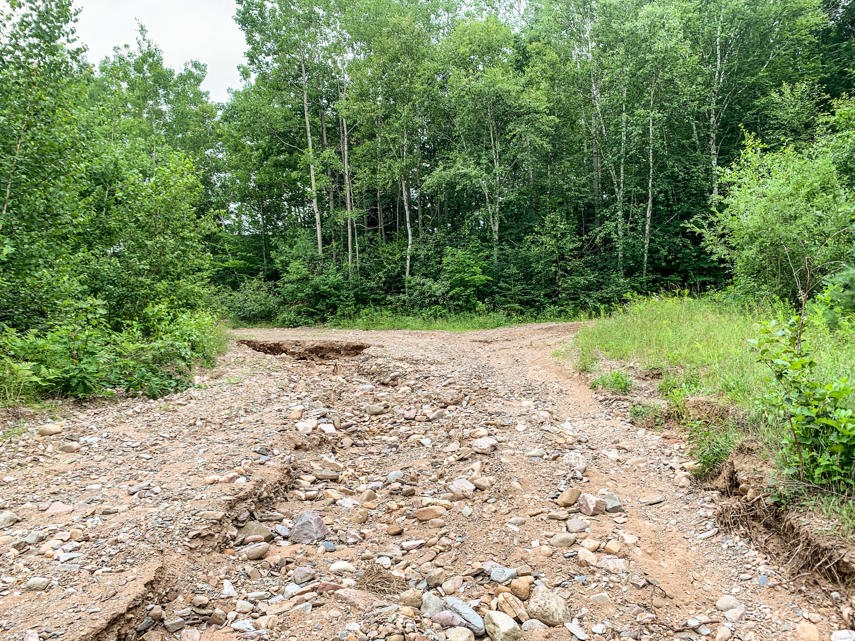
Exploring abandoned ones covered in moss, with trees crowding the shoulder while the intermezzo of wildlife paws in the distance? It doesn’t get much better than that for anyone with a bit of gasoline in their veins.
Skafte calls it a “small scale ‘epic’ adventure that’s close to home,” especially since there is seemingly an abandoned road in every other community of Annapolis and Kings counties. They’re primarily found closer to shore than inland, though, partly the product of a province eking a living from the harsh sea. But there’s another consideration as well.
Plenty of logging takes place in the Nova Scotia interior, meaning a solid percentage of road in some areas eventually end up in a wood lot that’s been clear cut and reseeded for future growth. “That’s not technically an abandoned road,” explained Skafte, even if it hasn’t been used recently. The man has a point. Besides, seaside views have their own unique Maritime charm. We’ll stick there, methinks.
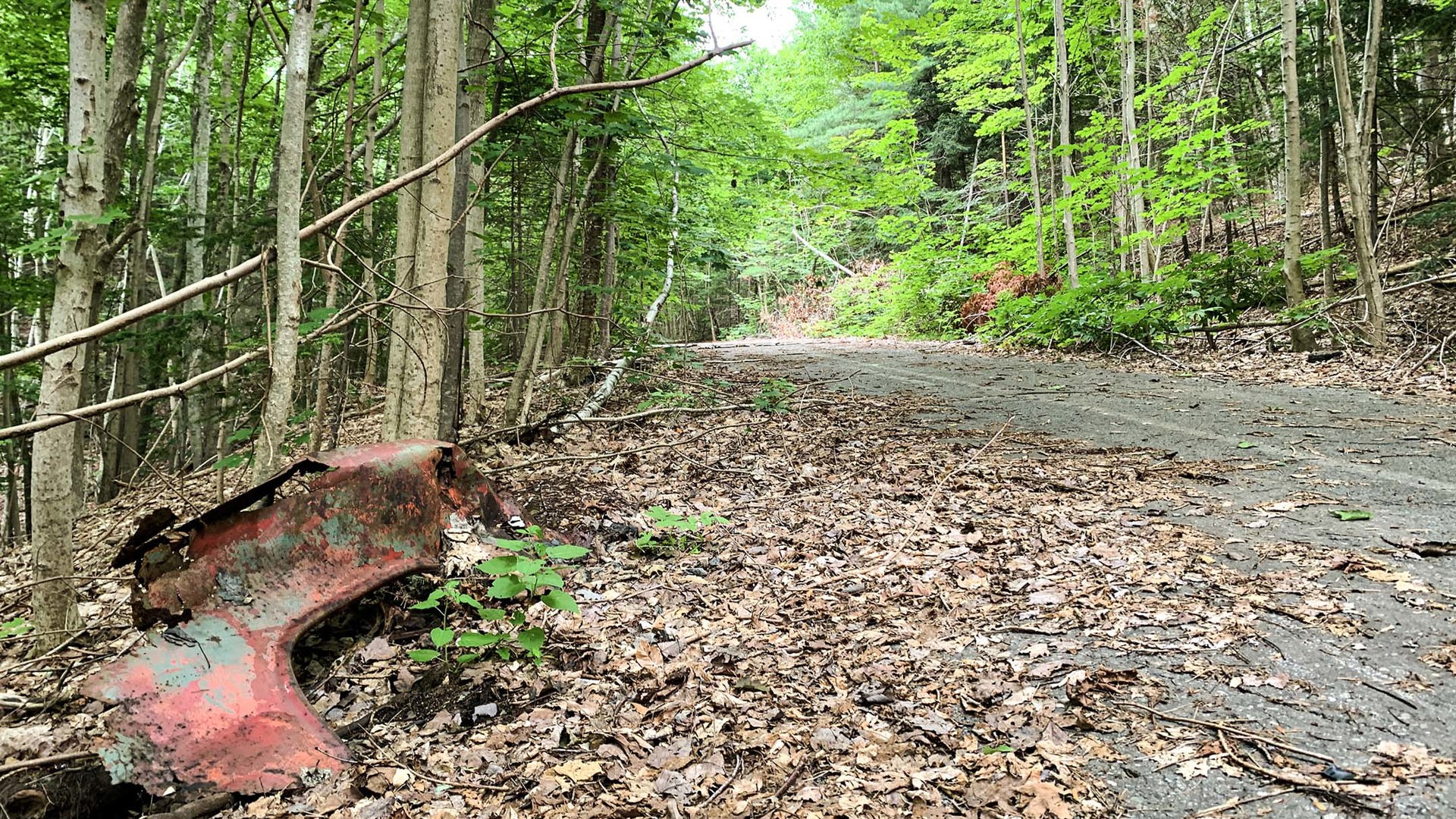
In addition to maintaining a Facebook page and fastidious Google map of the project, Skafte has also published a pair of books. His latest, called This Creek Was Once a Street, is an 80-page photography paperback filled with a blend of colourful wordsmithing and directions to his finds. Still, he doesn’t care to simply provide the latter. “When I’m telling the story, I’m thinking not everyone is going to visit that particular abandoned roads. Maybe they can’t hike or are not local, so I try to tell the reader a story and be more than a guidebook.
“I guess, in a way, I accidentally became the cartographer that I imagined as a kid.”
